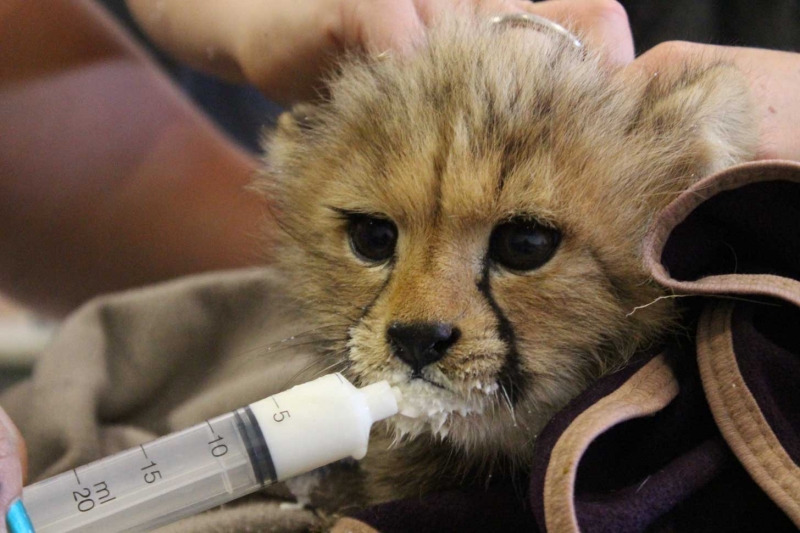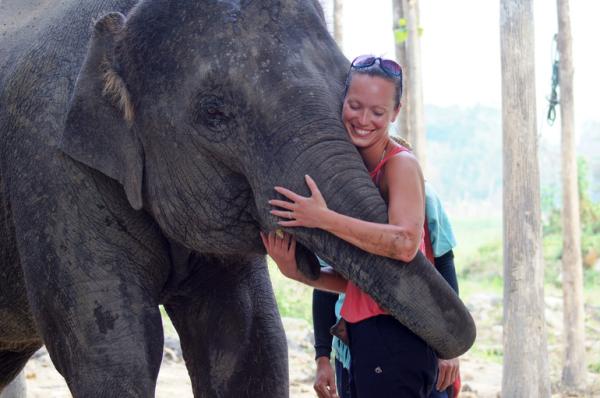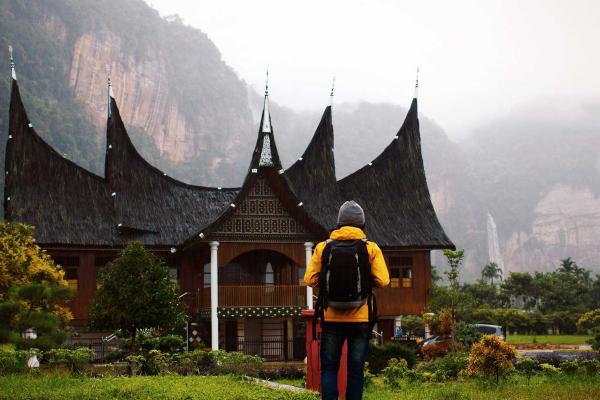The corpse lay on his back in the ditch, a blackened arm extended skyward from his ragged sleeve. He looked like the tramps I had seen marching wild-eyed along the road since leaving Xian, and I wondered what had happened. Had he run out of water and sat down to die? Had a passing truck hit him, abandoning him to his dusty death? I returned to my bicycle, covering my mouth and nose, and thought about what to do.
I scanned my Mandarin dictionary for the phrase, “I saw a dead man,” but I doubted anyone wanted to know. I didn’t want to risk burying my fellow traveller, so I left him lying where he had fallen—and where I imagine, more than four years later, he still is.
It amazes me that any sane person would ever have ventured across the deserts of Central Asia, waterless wastes that bake in summer and freeze solid in winter. Yet for millennia camel caravans traversed these desolate blanks on the map, connecting the great civilizations of Eurasia along trade routes. Now, in the summer of 2002, I was cycling westward along the Silk Road in search of its rich history and the grandeur of its landscape.
I pedalled out of Xian, China’s ancient capital, in early May. For days I paralleled the Great Wall, picnicking atop it and camping beneath its ramparts. I rode through swarms of enraged bees into Dunhuang, a cluster of cliff-side grottoes housing China’s greatest collection of Buddhist art. There the road swings north to cut directly across the Gashun Gobi for 400 bone-dry kilometres.
Throughout history, the Gashun Gobi desert barrier, reputedly populated by evil spirits, has marked the frontier between Chinese civilization and the western barbarians. In AD 629 Xuanzang, a young Buddhist monk who later became one of China’s most revered travellers, crossed the Gobi bound for India. Finding the border closed, he sneaked past it by night, guided by a man who first attempted to murder him, then abandoned him without water in the desert. After four days of wandering, he was led to a hidden spring by his faithful horse. He reached Hami oasis more dead than alive. He was lucky; as Marco Polo noted centuries later, this desert path was marked by the bleached bones of camels, horses and men. As I had just found out, some things haven’t changed much.
The day after finding my unfortunate fellow traveller, I set out for Hami from a tiny truck stop, following Xuanzang’s route along the modern road. Hot, scouring winds sucked moisture from my body. My maps alleged I would pass two villages, but they proved to be cruel cartographer’s jokes, wastelands with no signs of life or wells. Dizzy with incipient sunstroke, I drained my last drop of water and wobbled toward the sunset.
/>At dusk I reached a road workers’ dormitory, delirious with thirst, and guzzled three litres of the coolest, most refreshing water I have ever tasted. At a restaurant further down the road I downed another four litres of fluids before crawling off to camp in an orchard.
It had been a long, hard day. Xuanzang’s troubles thirteen centuries ago had come vividly to life. I had nearly ended up a roadside pile of bones myself, like so many of the traders and monks in whose footsteps I followed.
My brush with the evil spirits of the Gobi wasn’t over yet. Another two weeks of dashing grimly from oasis to oasis, battling gale-force headwinds, drained and depressed me. In Urumqi I left my bicycle and went hiking beside Heaven Lake. I limped back to town with swollen ankles. Shooting pain spread upwards through my joints, and within two days I could no longer stand. When my left wrist ballooned to the size of a melon, I dragged myself into the hotel corridor and called for help.
Marco Polo noted this desert path was marked by the bleached bones of camels, horses and men. As I had just found out, some things haven't changed much.
Within an hour I was in the best hospital in western China. Penicillin and steroids reduced the swelling and pain. Nobody would tell me what was wrong, but I knew that my journey was over, and the disappointment was unbearable. Gaunt but alive, I flew back to Canada to spend six months in bed recuperating from what proved to be rheumatic fever.
Like Xuanzang, I was lucky. Had I fallen ill two weeks earlier, while camped in the Gobi, I could easily have died. However, it was hard to feel fortunate as I convalesced in Thunder Bay, unsure whether the disease had damaged my heart and ended my nomadic lifestyle.
I spent two long years recovering my strength and my finances. I consoled myself by recalling that Marco Polo spent a year recovering from malaria in the Pamirs before completing his landmark journey to China, while Xuanzang survived his Gobi mishap to finish his sixteen-year pilgrimage and become China’s most renowned traveller. Their courage and perseverance inspired me to resume my own interrupted Silk Road quest.
In 2004, I returned to Urumqi and cycled for three glorious, healthy months through the alpine splendour of the Tien Shan, the high-altitude moonscape of the Pamirs, the furnace-like Kara Kum desert and the Iranian steppe. As impressive as these landscapes and buildings were, what gave real meaning to my travels were the modern inhabitants of the Silk Road. I experienced the unstinting generosity of yurt-dwelling Kyrgyz nomads, penniless Tajik farmers in remote Pamir valleys and welcoming Iranians with their illicit homemade wine. Although materially poor, their hospitality, dignity and resilience reminded me of what I was gaining from my epic journey: a renewed appreciation for the greatness of the human spirit, and a better understanding of what is important in life. Both were forged by having diced with death in the Gobi and won.
Add this article to your reading list



